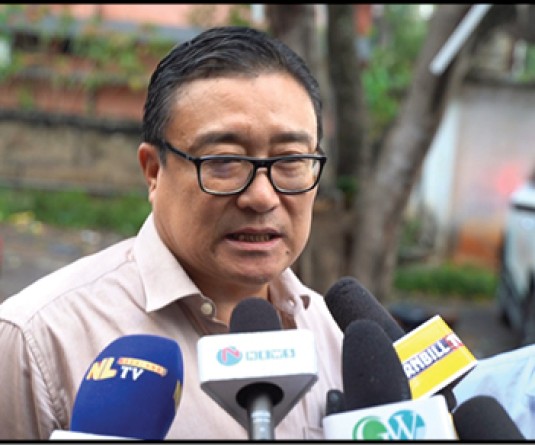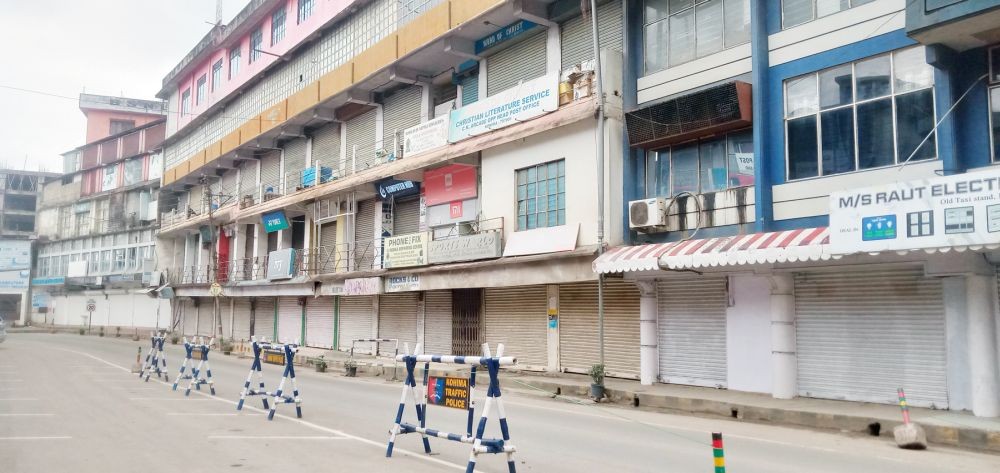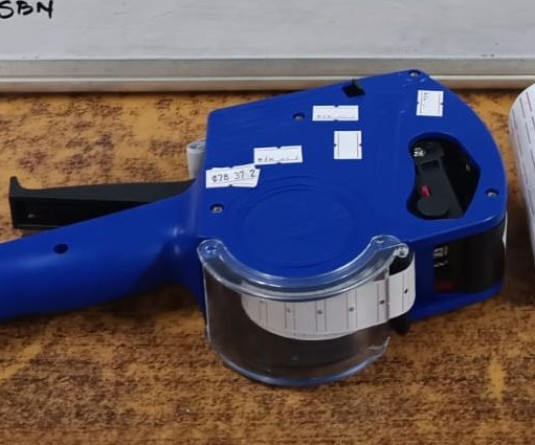
Our Correspondent
Kohima | October 9
Chief Secretary Pankaj Kumar today laid out the action plan for VDBs till 2030.
Speaking at the Nagaland VDB Conference 2017 cum Mission Antyodaya Gram Samridhi Evam Swachchata Pakhwada here, Kumar stressed on the need to focus on increasing the area under tree cover and the quality of tree cover by lengthening the jhum cycle.
He also stressed on the need to adopt improved farming methods in rearing crops as well livestock to increase productivity and incomes.
He called for making full use of the international projects funded by IFAD, JICA and KfW, which will start from next year.
The chief secretary called for improving the health of springs to increase water availability and free womenfolk from drudgery of collecting water from distance.
Other areas includes; save more money and increase fixed deposits, collaborate more with VDBs of surrounding villages for common projects including processing of agriculture produce and road maintenance, enlist wise and learned people in the respective village or in nearby villages (retired teachers o officials) for advice and consultation and develop VDB Secretariat.
Kumar said the Nagaland Village & Area Council Act, 1978 gave statutory authority and responsibilities to the village councils. In 1976, the first Village Development Board (VDB) was established in Ketsapo village in Phek district. The experiment was so successful and popular that it was adopted in the entire state.
VDB programme has two important component- Grant-in-Aid and Matching Cash Grant.
He said Grant-in-Aid component allowed VDBs to implement their own schemes. Under Grant-in-Aid to VDB scheme, Rs. 100 per household was allocated for community development project from 1980-81. This amount was subsequently raised to Rs. 750 and to Rs. 1000 per household. 25% fund were earmarked for women specific schemes and 20% fund earmarked for youth specific schemes.
The other component was Matching Cash Grant. VDBs were encouraged to save money in form of fixed deposit in the bank, State government have MCG upto Rs. 2.50 lakh. In addition, all VDBs have taken National Saving Certificate/time deposit, the chief secretary said adding that the village common fund is to be utilized for availing bank loans for socio-economic development programmes and to provide the much needed security for the village and against which the financial institutions may advance loan to the VDBs.
Interest accruing from the fixed deposits is also utilized for administrative and maintenance expenditure of the VDBs.
The chief secretary said with the launch of MGNREGA in 2005, the VDBs got a major source of funding for rural development. However, it cannot be denied that the requirement of providing 10% state share has pre-empted resources for the Grant-in-Aid and Matching Cash Grant programme.
“Today, VDBs has Rs.82 crores in fixed deposits, but the state government has provided only Rs. 3 crore as MCG. Keeping in view the requirements of socio-economic development today, it is important to increase the fixed deposits. We should also aim to increase fixed deposits of VDBs to Rs. 1000 crores at least by 2030, if not earlier,” he said. Another area, he said, which we need to take forward is the VDBs role as financial intermediaries. A pilot project was taken up by creating a Corpus Fund of Rs. 1.00 lakh through contributions of the VDBs (40%), Govt of India (20%), NABARD (20%) and the state government (20%) which has now been revised as follows NABARD Rs. 1.00 lakh, state government Rs. 1.00 lakh and VDB Rs. 40,000.
“The corpus fund is kept in the saving bank account and the bank in turn, will provide initially a matching share of Rs. 1.00 lakh,” he said adding that the corpus fund and the matching share together from the revolving fund assistance that is available to the VDBs for loan 7.5% interest for further lending against the schemes, project enterprises etc. at a higher interest.
Based on the experience and success of the initial loan provided at 1:1 matching share of the bank against the corpus fund, the quantum of loan available can be raised to 1:4 which means that on corpus fund of Rs. 1.00 lakh, the total fund available as loan would be Rs. 5.00 lakh.
“The challenge now is to cover all the VDBs in the state as financial intermediaries in phased manner. NABARD has agreed to participate in the implementation of the scheme initially for Longleng and Kiphire districts,” he said.
The chief sectary also told the conference that the state government has submitted a proposal to NITI Aayog for resources for Grant-in-Aid, Matching Cash Grant and Micro Financing programs.




